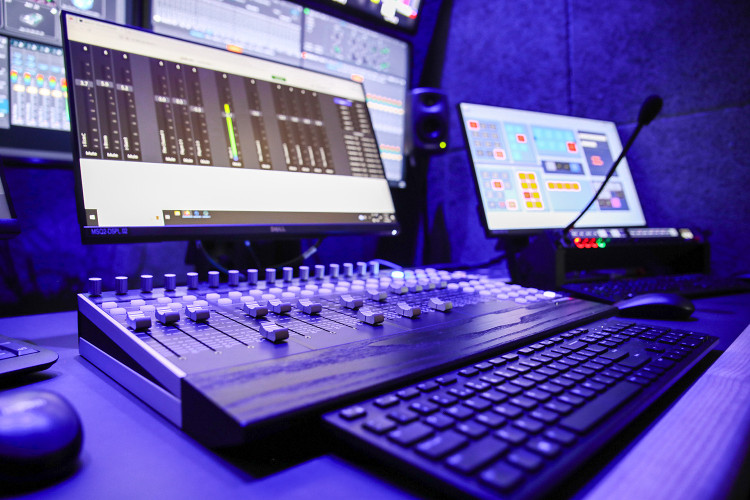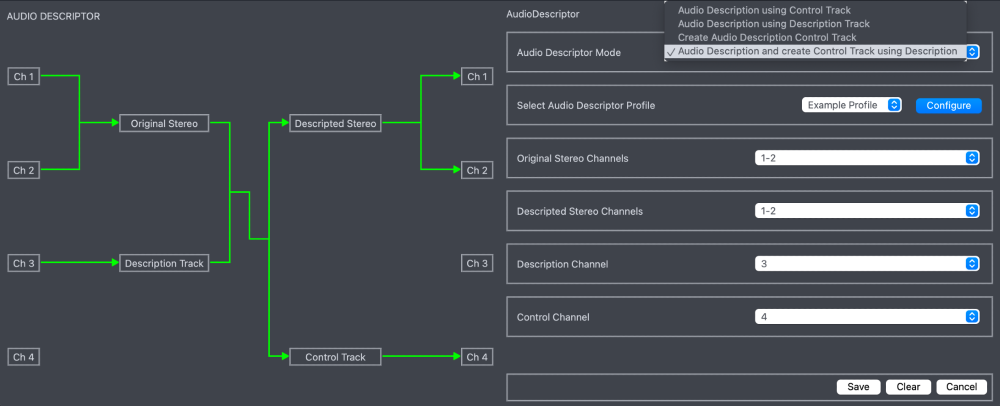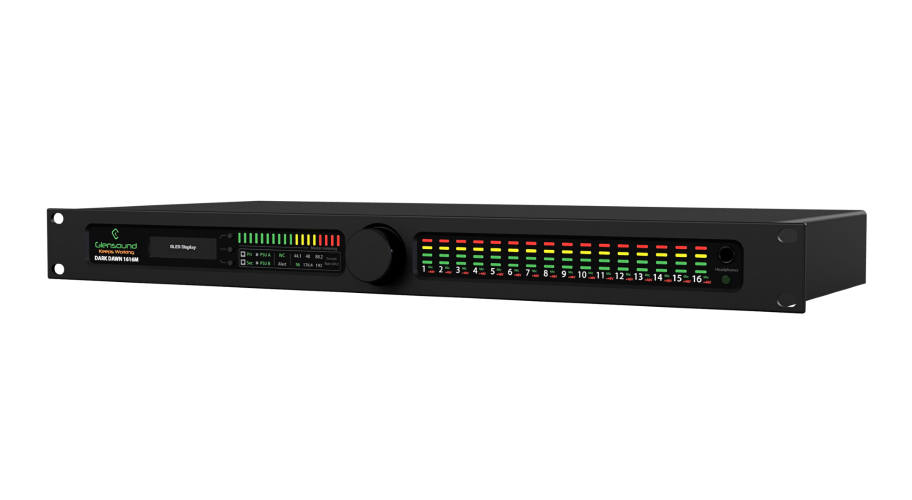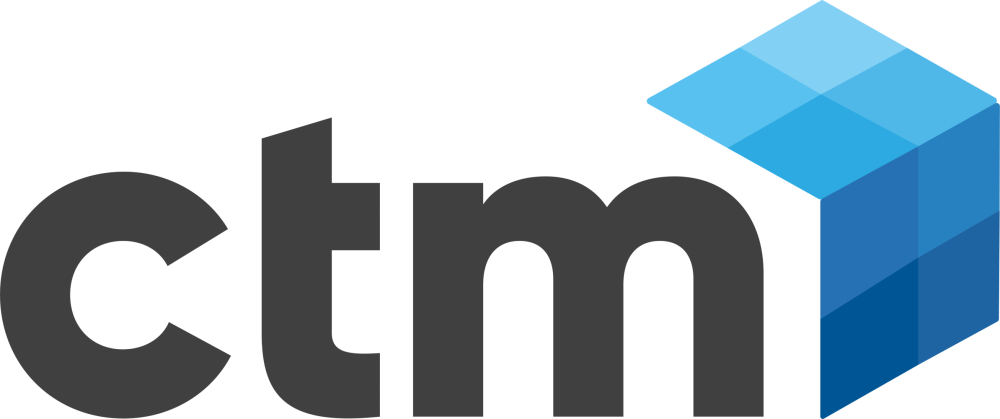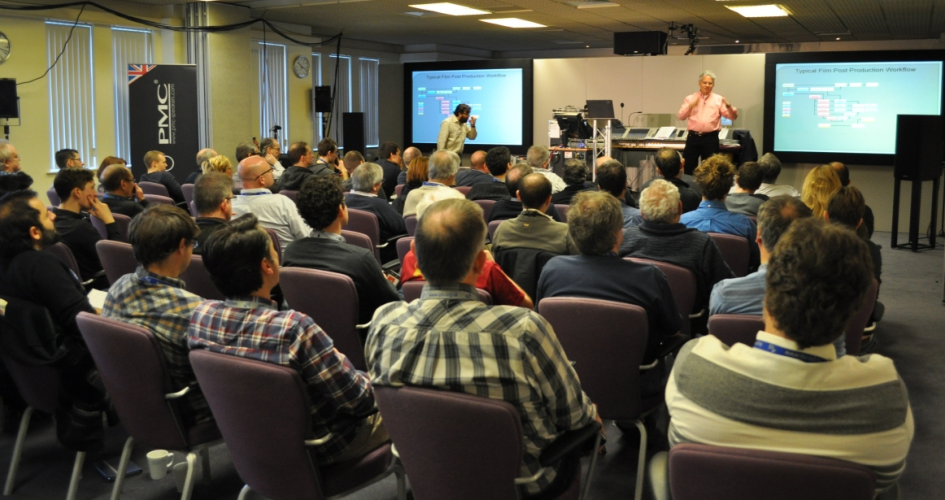by Ralph Bachofen
Issue 79 - July 2013 Delivering a high quality of service (QoS) is critical in the broadcast world, as it greatly impacts viewer satisfaction and a broadcasters revenue streams. However, the television environment is becoming increasingly more complex, as stations transition to digital and add next-generation OTT or hybrid TV services that require maintaining compliance with industry standards.
Deploying an effective test and monitoring solution is the best method for reliably and cost-effectively troubleshooting DTV transport stream errors in todays complex broadcast television environment. This tutorial focuses on three critical elements in the process, explaining how to set up strategic monitoring points in the DTV transmission chain, apply intelligent filtering to transport stream errors, and detect audio loudness issues. Leveraging a test and monitoring solution that is capable of performing these tasks, broadcasters can quickly and efficiently troubleshoot DTV transport stream errors for multiple broadcast services and provide a superior QoS to viewers.
Setting up Strategic Monitoring Points
Broadcasters need to keep in mind that not every point in the broadcast chain can be monitored because the value proposition is too expensive. After implementing a test and monitoring system, an important first step is setting up strategic monitoring points in the transmission chain. Defining strategic monitoring points allows for quick troubleshooting of transport stream errors occurring at key points in the infrastructure while keeping costs to a minimum. Strategic points include the satellite down/uplink, after the multiplexor and the transmitter, as these systems are critical to keeping the broadcast transmission on-air. Once a broadcaster sets up strategic monitoring points and problems are detected, portable analysis equipment can be utilized to isolate the problem to a single component. Applying Intelligent Filtering
The next step in resolving DTV transport stream errors is classifying errors in the most efficient manner possible. Broadcasters need to determine if a specific transport stream error indicates a serious problem that requires immediate attention from station engineers, or if the error is fairly benign. In the latter case, operator fatigue can set in due to some errors appearing in the stream that do not affect the service but still must be addressed. False alarms result in red lights on monitors, which cannot always be cleared. These kinds of alarms train engineers to ignore warnings from their monitoring systems. By learning to ignore the warnings the utility of the monitoring system is greatly reduced.
ETR 101-290 is a standard developed by DVB for transport stream error monitoring. Besides specifying how to measure many of the transport stream parameters in a uniform way, ETR 101-290 enumerates a number of transport stream error conditions and prioritizes them by importance. While the DVB standard is a good base for prioritizing transport stream errors, it is not granular enough for todays complex DTV environment. Newer standards like the ATSCs A/78-A and SCTEs SCTE-142 build upon the concepts developed within ETR 101-290, adding further considerations for error severities that eliminate the triggering of false alarms.
By relying on the error severity scales defined by the DVB, ATSC, and/or SCTE, broadcasters can apply filters and rules to their test and monitoring system. This streamlines the analysis of large amounts of transport stream data, exposing only the most critical errors and logging less significant errors for later analysis, enabling broadcasters to be proactive in todays complex DTV environment.
Advanced test and monitoring systems continuously log DTV transport stream data, providing engineers with detailed real-time and historical reports. After taking care of the most important transport stream issues, engineers can effectively perform postmortem analyses as well as resolve chronic or network-wide issues.
Managing Audio Loudness
During the last few years, inconsistent loudness levels have become a major issue for television viewers, prompting regulatory bodies around the world to pass standards and legislation designed to alleviate these problems. By utilizing an advanced test and monitoring solution, engineers have the ability to analyze DTV streams for variations in audio loudness and ensure compliance with audio loudness standards.
A test and monitoring solution will automatically log loudness levels and adjust those values based on the value predetermined by the broadcaster. With such a solution in place, engineers will receive an alert if signals drop above or below the recommended threshold, allowing for adjustments to be made to eliminate audio inconsistencies within the broadcast. During later analysis, broadcasters can precisely determine where the violation occurred in the programming in order to eliminate the threat of future violations. Conclusion
As the complexities in the broadcast television environment continue to evolve, deploying an advanced test and monitoring solution becomes even more important. Armed with reliable, efficient, and cost-effective test and monitoring tools, broadcasters can easily troubleshoot and resolve DTV transport stream errors, eliminate audio inconsistencies, and comply with important broadcast standards and legislation to provide a higher QoS to viewers.
A guide to DTV transport stream monitoring

Author: Ralph Bachofen
Published 1st August 2013









